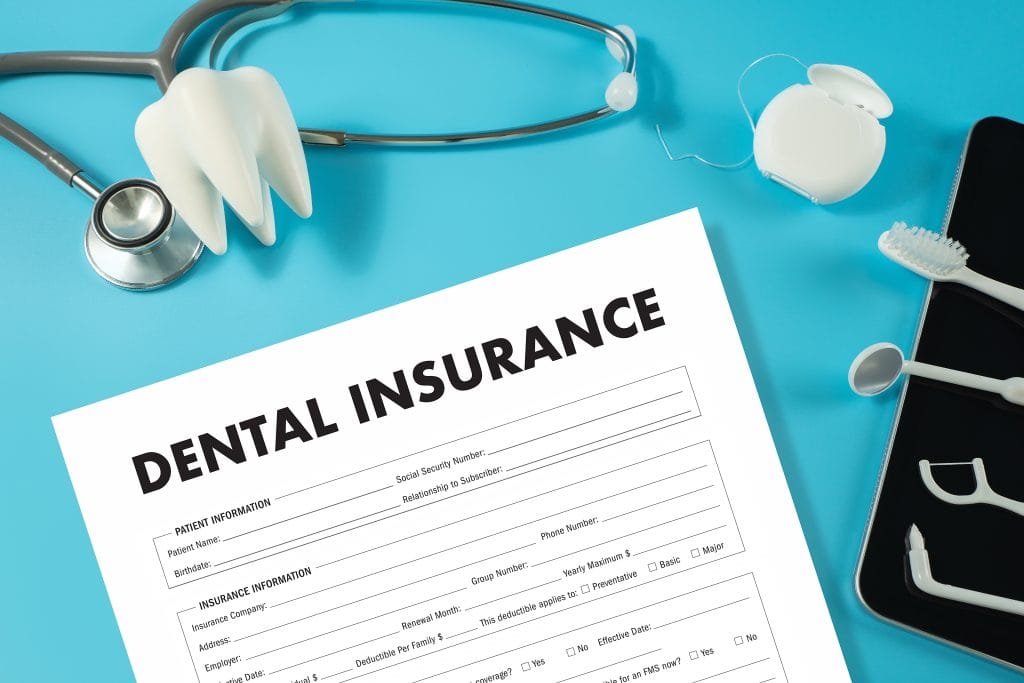Last updated on September 26th, 2024 at 03:47 pm
 Are you busy producing week after week, only to find there isn’t much money left in the account at the end of the month?
Are you busy producing week after week, only to find there isn’t much money left in the account at the end of the month?
Well, chances are you may be making one of the following four mistakes that drive up your overhead and throw your finances out of whack.
Before we get into it, though, I’m going to give an honorable mention to two other profitability killers. These are actually the BIGGEST sources of lost profit, but we’ve covered them thoroughly before and I don’t want to rehash them:
- Reduced fee plans (HMOs, Medicaid, capitation plans, poorly negotiated PPO plans, etc.)
- Missing out on potential production — or more specifically, letting outstanding treatment walk out your door. Most of the expenses that give you such a headache would be no big deal if you had produced an extra $20k, $30k or $50k because your case acceptance was better.
Both of these subjects are covered in a FREE 7-part video series, The Top 6 Reasons Behind Overhead Problems by MGE’s COO, Jeff Blumberg. To get access to the video series, simply fill out this form below:
For now, though, let’s focus on a few particular mistakes that I see dentists making the most often.
1. Depending on someone else (e.g. an external accountant) to tell you how you’re doing.
 Firstly, you should have an accountant. They are valuable for keeping track of your money and ensuring your taxes are filed correctly. However, that is just about the limit of what most accountants are educated on: how to legally save you money on your taxes. In most cases, they have ZERO education on managing and growing a business.
Firstly, you should have an accountant. They are valuable for keeping track of your money and ensuring your taxes are filed correctly. However, that is just about the limit of what most accountants are educated on: how to legally save you money on your taxes. In most cases, they have ZERO education on managing and growing a business.
And there’s another problem that arises from waiting for an external accountant to tell you if you’re doing better or worse: it’s too slow!
You should be looking at your production, income and profit at least once a week to see how things are going, whether or not you’re on track for your target that month, and if there are any alarming trends that you need to troubleshoot.
This allows you to steer your business in real time and get back on track before anything becomes a real problem — instead of realizing at the end of the month “Uh oh, I don’t have money for payroll (or taxes)” or “Dang, with all these other expenses, looks like I can’t pay myself again.”
So look at your own finances on a regular basis. We can teach you exactly what numbers you should be looking at and how to interpret them.
One word of caution though: looking at your finances too often can cause another problem. If you’re checking everything three times a day, chances are your just stressing yourself out and getting distracted from the production and management duties you should be doing throughout the day.
2. Failing to differentiate between what is needed and what is wanted.
The proper definition of “overhead” is the amount of money you NEED to spend to keep your business operating.
Notice the definition doesn’t include expenses that “you’ve always spent” or “the staff demanded it” or “I really, really wanted it.”
Now, I’m not saying you can’t spend money on anything besides the bare necessities. You can totally buy things just because you want them, upgrade the quality of service in your practice, reward your staff and renovate your office.
BUT…
Before you make those expenses, outline your true overhead of what’s actually needed. Once that’s done and set in stone, you see how much additional money you’ll need to make in order to afford the new CEREC machine, X-ray machine, fancy sign, decorative flowers, etc., and then you can plan and divvy up money accordingly. Set your weekly and monthly production targets with this in mind. And you’ll probably find that you’ll need to set aside a small percentage every month to save up for the things you’d like to splurge on. And if you have a down week or month, those “splurge” items will be the first things sacrificed.
3. Unproductive staff.
Payroll is typically the largest percentage of your overhead. And that’s the way it should be; the staff are the ones that keep the practice running and enable production to happen.
But the idea is that staff will be highly productive and the work they do will, in turn, bring in more patients, create production, and generally bring in income worth many times what you are paying them. So if certain employees are not doing their job well, they don’t contribute to bringing in this resultant income, and then the payroll percentage seems way too high.
This is why we, at MGE, place such a large focus on training your staff well, structuring your practice to best utilize your staff, and learning how to find and hire the right ones. We make this easy for you by providing online training courses for your whole team at www.DDSsuccess.com. You can also contact us at (800) 640-1140 or (727) 530-4277 if you’d like help with this.
One additional comment here is to not be scared to delegate and allow your staff to do their jobs. A big mistake many dentists make is limiting their staff too much and not trusting them handle their job independently. If you don’t trust them enough to do that, then it’s really time to look into getting them trained better.
4. Unused or underused spaces and equipment.
Having a ton of space and lots of operatories can get expensive. Building it out, filling it up with high end equipment, and paying the lease really adds up. Sure, it’s great to have room to expand,  but if you’re paying for 5 chairs in a city and you’re only doing $75k per month, then you’re overhead percentages are going to be out of whack and it’ll be hard to keep up. You could be doing $75k out of two chairs if your office was organized efficiently.
but if you’re paying for 5 chairs in a city and you’re only doing $75k per month, then you’re overhead percentages are going to be out of whack and it’ll be hard to keep up. You could be doing $75k out of two chairs if your office was organized efficiently.
In an average, medium priced area, I’d recommend doing $30-50k per operatory per month. Obviously in a higher fee area (e.e Manhattan, San Francisco, etc.) it would be higher and in a rural area it may be less. Plan according when you’re entering or building out a new office. And if you’re already stuck in a building that has more space than you need, we can help you increase production to fill it up. Again, give us a call at (800) 640-1140 or attend one of our free CE seminars online. You can find the schedule here.
5. Understaffing the front office or hygiene department in an effort to “save money”
One of the biggest mistakes I see dentists make is understaffing the front office in order to save on payroll. On the surface this seems to make sense. But dig deeper and you find that you’re choking your potential production here.
For instance, it’s not uncommon to have a dentist, two assistants and a hygienist in the back, and then only one full-time employee at the front. This front office employee needs to check patients in and out, answer the phones, accept payments, file insurances, etc, etc. If they’re doing all that by themselves, odds are they don’t have enough time do incredibly important tasks like:
- Reaching out to overdue patients to get them back in for recall or checkups
- Working with patients on financial arrangements for mid-sized or larger treatment, addressing their questions, concerns and reviewing payment options.
- Spending enough undistracted time on the phone with potential new patients to get them scheduled and into the practice.
This means that 1) you’re missing out on new patients, 2) your patients are only accepting smaller single-tooth treatment plans, and 3) you’re losing lots of patients because if they don’t show up for a cleaning…they’re gone.
This is where all your potential production and income is being lost! In order to save a couple thousands bucks a month on payroll, you’re reducing your revenues potentially by tens of thousands of dollars.
It’s just not a good business decision.
If you have thousands of charts, there’s just no way one or even two employees can keep up with that entire patient base AND new patients. So of course, your active patient count shrinks.
The same goes for the doctor trying to do their own hygiene or keeping just one hygienist despite having thousands of charts (whether they’re overdue, inactive or not).
Believe it or not, a well-run hygiene department should cover the entire overhead of your practice. That means that all the doctor’s production is gravy. That’d be nice, right? Well, you can do it. It requires some effort reactivating overdue patients and hiring a hygienist, but it’s the best route to improving profitability and practice value.
Want to see how it can actually be done?
We created a free Hygiene Production Calculator that calculates your potential hygiene production is and how your current production compares. I highly suggest using it, at the very least just to see where you’re at.
Summary
Those are my tips for getting your overhead under control and maximizing profitability. Obviously there is a lot more to this subject – in fact, we have a 3-day seminar on the MGE program dedicated to just this subject – but I hope these four tips help.
As always, if you have any questions, feel free to email me at ChrisM@mgeonline.com.


No Comments
Be the first to start a conversation